Home>Garden Essentials>When To Plant Grass Seed In Michigan
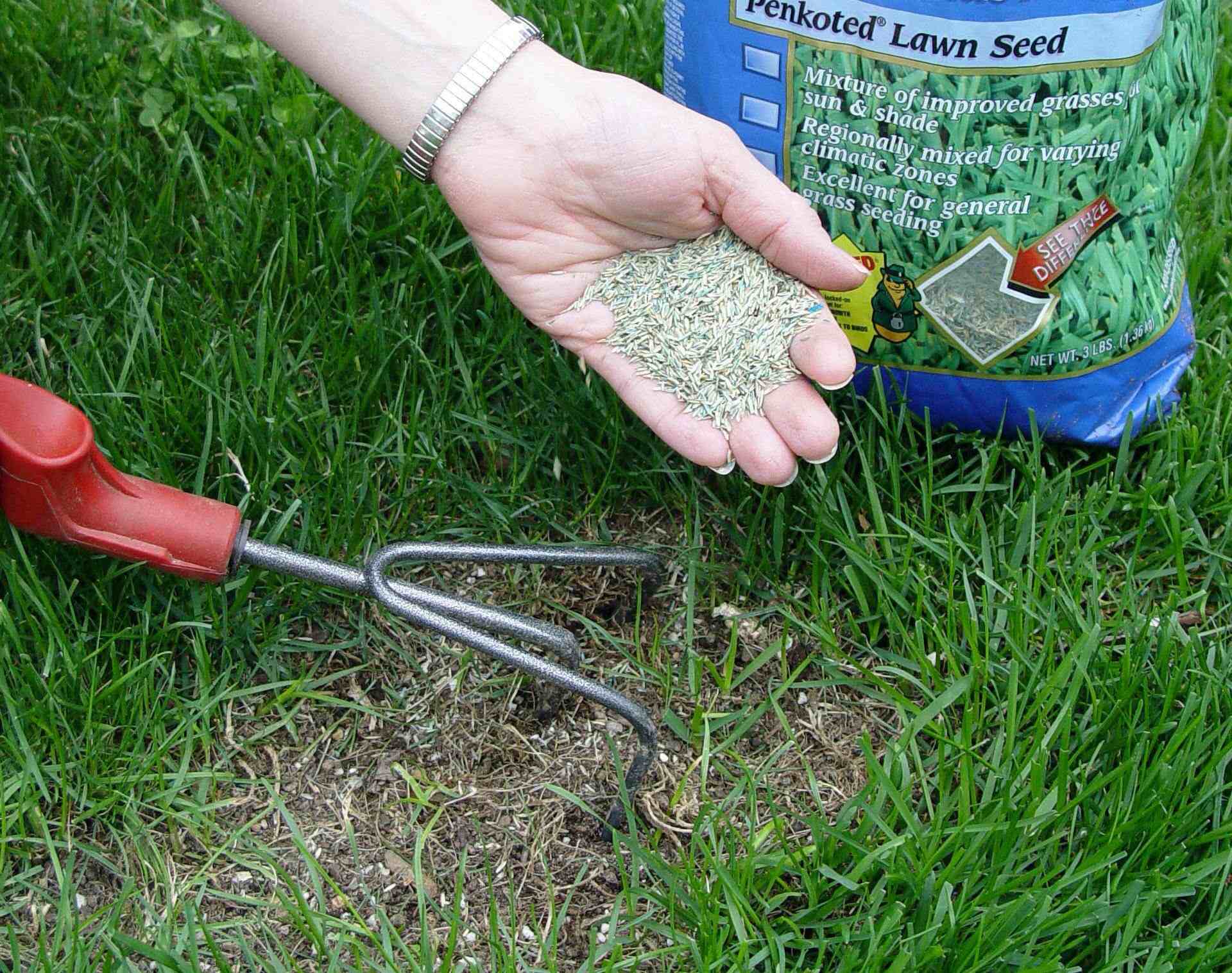

Garden Essentials
When To Plant Grass Seed In Michigan
Modified: October 19, 2024
Looking to start a garden in Michigan? Discover the best time to plant grass seed in Michigan for a thriving garden with our expert tips and advice.
(Many of the links in this article redirect to a specific reviewed product. Your purchase of these products through affiliate links helps to generate commission for Storables.com, at no extra cost. Learn more)
Introduction
Gardening enthusiasts in Michigan understand the importance of properly planting grass seed to achieve a lush and beautiful lawn. Whether you’re a seasoned gardener or a beginner, knowing when to sow grass seed is essential for successful growth. Michigan’s unique climate and weather patterns, along with proper soil preparation and seed selection, play key roles in determining the ideal timing for planting grass seed.
Michigan experiences four distinct seasons, including hot summers and cold winters. The state’s climate is classified as humid continental, which means it has moderate to high humidity levels throughout the year. These weather conditions significantly impact the growth and success of grass seed in the region.
Before determining the best time to plant grass seed in Michigan, it’s crucial to understand the importance of soil preparation. Michigan soils are diverse, ranging from sandy soils in coastal areas to clay soils in the southern regions. Understanding the characteristics of your soil and making appropriate amendments will greatly improve the chances of successful grass seed germination and establishment.
Selecting the right grass seed variety is another critical factor for a thriving lawn. Different grass species and cultivars have varying tolerance levels to Michigan’s weather conditions, including heat, cold, and disease resistance. By choosing the best grass seed for your specific needs, you can ensure optimal results.
Proper planting techniques, including preparing the ground, sowing the seed, and maintaining moisture levels, will greatly influence the success of your lawn. Understanding the optimal timing for planting grass seed in Michigan will help you plan and execute your garden tasks effectively.
This article will guide you through the entire process of planting grass seed in Michigan, from soil preparation to selecting the best seed varieties and implementing proper planting techniques. Additionally, we will address common problems that gardeners may encounter and offer solutions to ensure a thriving lawn.
By the end of this article, you will have a comprehensive understanding of when, how, and what to consider when planting grass seed in Michigan, empowering you to achieve a stunning lawn that will be the envy of the neighborhood.
Key Takeaways:
- Michigan’s climate and weather greatly impact grass seed growth. Spring and fall are the best times to plant, with cool-season grasses like Kentucky bluegrass and fine fescue thriving in the state’s unique conditions.
- Proper soil preparation, grass seed selection, and planting techniques are essential for a successful Michigan lawn. Regular care, addressing common problems, and seeking local expertise will ensure a vibrant and envy-worthy lawn.
Read more: When To Plant Grass Seed In Michigan
Climate and Weather
The climate and weather in Michigan greatly influence the success of grass seed growth. Michigan experiences four distinct seasons, with hot and humid summers and cold winters. These seasonal variations can pose challenges when it comes to planting grass seed, but with proper care and planning, you can achieve a thriving lawn.
During the summer months, temperatures in Michigan can reach upwards of 90°F (32°C), with high humidity levels. It is important to select grass seed varieties that are heat-resistant and can withstand the hot and dry conditions. Warm-season grasses such as Kentucky bluegrass, perennial ryegrass, and tall fescue are popular choices in Michigan due to their tolerance to heat and drought.
The winters in Michigan are cold and can bring heavy snowfall. It is crucial to choose grass seed varieties that are cold-hardy and can withstand freezing temperatures. Cool-season grasses such as Kentucky bluegrass, perennial ryegrass, and fine fescue are suitable for Michigan winters and can survive the freezing temperatures.
Michigan also experiences rainfall throughout the year, with an average annual precipitation ranging from 30 to 40 inches (76 to 101 cm). However, it is important to note that water availability can fluctuate depending on the region and time of the year. Adequate water supply is crucial for successful grass seed germination and growth. Providing supplemental irrigation during dry periods or periods of low rainfall is recommended to ensure optimal conditions for the seedlings.
In addition to temperature and precipitation, it is important to consider the overall weather conditions when determining the best time to plant grass seed. Severe weather events such as droughts, extreme heat, or heavy rain can hinder seed germination and establishment. Monitoring weather forecasts and choosing a time when conditions are favorable, such as mild temperatures and moderate rainfall, will increase the chances of success.
Understanding the climate and weather patterns of your specific region in Michigan is essential to select grass seed varieties that are well-suited for those conditions. Consult with local experts or garden centers to ensure you choose the most appropriate grass seed for your area’s climate and weather.
By considering the unique climate and weather patterns of Michigan and selecting grass seed varieties accordingly, you can create a beautiful and resilient lawn that thrives throughout the changing seasons.
Soil Preparation
Proper soil preparation is crucial for successful grass seed germination and establishment. Michigan has diverse soil types, ranging from sandy soils near the Great Lakes to clay soils in the southern regions. Understanding the characteristics of your soil and making appropriate amendments will create an ideal environment for grass seed growth.
The first step in soil preparation is to test the pH level of your soil. Grass seed typically thrives in slightly acidic to neutral soil, with a pH range of 6.0 to 7.0. You can easily test your soil’s pH using a home testing kit or by sending a sample to a soil testing laboratory. If the test reveals that your soil’s pH is outside of the desired range, you can make adjustments by adding lime to raise the pH or sulfur to lower it.
Next, it is important to assess the soil’s texture and structure. Sandy soils drain quickly and are prone to drought, while clay soils hold water and can become compacted. Both soil types can lead to challenges for grass seed germination and growth. To improve sandy soils, add organic matter such as compost or well-rotted manure to increase water-holding capacity and nutrient content. For clay soils, amend with sand or perlite to improve drainage and prevent compaction.
Clear the area of any existing vegetation, such as weeds or old grass, to create a clean slate for your new lawn. This can be done by manually removing the vegetation or using herbicides, following the manufacturer’s instructions. After clearing, loosen the soil using a garden fork or rototiller to a depth of 6 to 8 inches (15 to 20 cm). This will help alleviate compaction and promote root penetration.
Before sowing the grass seed, it is beneficial to incorporate organic matter into the soil. This can be achieved by adding a layer of compost or well-rotted manure and tilling it into the top few inches of soil. Organic matter improves soil structure, enhances water retention, and provides essential nutrients for seedling development.
Lastly, ensure that the soil is level and free of large debris or rocks. Rake the area to create a smooth and even surface, removing any remaining vegetation or clumps of soil. A level and well-prepared soil surface will promote even water distribution and uniform seed germination.
By properly preparing your soil, you create an optimal environment for grass seed germination and growth. Investing time in soil preparation will pay off in the long run, leading to a healthier and more resilient lawn.
Grass Seed Selection
Choosing the right grass seed for your Michigan lawn is essential for achieving the desired results. There are several factors to consider when selecting a grass seed variety, including the climate, soil type, sunlight exposure, and intended use of the lawn.
When it comes to climate, it is important to choose grass seed varieties that are well-suited for Michigan’s weather patterns. Cool-season grasses, such as Kentucky bluegrass, perennial ryegrass, and fine fescue, are popular choices in Michigan due to their ability to tolerate both hot summers and cold winters.
Soil type is another crucial factor to consider. Some grasses thrive in sandy soil, while others prefer clay soil or a well-draining loam. Understanding your soil’s texture and selecting grass seed varieties that are compatible with it will lead to better establishment and overall health of the lawn.
The amount of sunlight your lawn receives is also important in selecting grass seed. Some grass species, such as Kentucky bluegrass, require full sun for optimal growth, while others, like fine fescue, tolerate shade well. Evaluate your lawn’s sunlight exposure and choose grass seed varieties accordingly.
Consider the intended use of your lawn when selecting grass seed. If you have a high-traffic area or pets that will be using the lawn frequently, choosing a grass seed variety with good wear tolerance, such as tall fescue, will ensure your lawn remains durable and resilient.
It is also worth noting any specific qualities you desire in your lawn, such as a lush appearance, fine texture, or minimal maintenance. Different grass seed varieties have distinct characteristics, and researching their attributes will help you make an informed decision.
When purchasing grass seed, opt for high-quality certified seed. Certified seed ensures that the seed has undergone rigorous testing and meets specific standards for purity and germination. This increases the likelihood of successful establishment and a healthy lawn.
Consulting with local experts, such as garden center professionals or agricultural extension offices, can provide valuable insights on the best grass seed varieties for your specific region in Michigan. They can recommend suitable options based on your specific needs and environmental conditions.
By carefully considering factors such as climate, soil type, sunlight exposure, intended use, and personal preferences, you can select the ideal grass seed variety for your Michigan lawn. Choosing the right grass seed is an essential step in creating a beautiful and thriving lawn that will enhance your outdoor space for years to come.
Best Grass Seed Varieties for Michigan
When it comes to selecting grass seed varieties for your Michigan lawn, there are several options that are well-suited for the state’s climate and soil conditions. Factors such as durability, adaptability, and appearance can help guide your choice. Here are some of the best grass seed varieties for Michigan:
- Kentucky Bluegrass: Kentucky bluegrass is a popular choice for Michigan lawns due to its ability to tolerate both hot summers and cold winters. It has a fine texture, deep green color, and dense growth habit, making it highly desirable for a lush and aesthetic lawn. Kentucky bluegrass is known for its durability and can withstand high-traffic areas.
- Perennial Ryegrass: Perennial ryegrass is known for its fast germination and establishment, making it an excellent choice for overseeding or repairing bare spots in your lawn. It has a medium texture and a vibrant green color, providing a pleasing appearance. Perennial ryegrass can handle heavy foot traffic and adapts well to different soil types.
- Fine Fescue: Fine fescue is a cool-season grass variety that thrives in shady areas. It has excellent shade tolerance and can maintain its green color with less sunlight compared to other grass species. Fine fescue is known for its fine texture and low-maintenance requirements, making it an ideal option for those seeking an attractive lawn with minimal upkeep.
- Tall Fescue: Tall fescue is a durable grass variety that performs well in Michigan’s climate. It has a coarser texture and grows in clumps, providing good wear tolerance and drought resistance. Tall fescue is an excellent choice for high-traffic areas and lawns with pets or children.
- Creeping Red Fescue: Creeping red fescue is a shade-tolerant grass variety that forms a dense carpet-like growth. With its fine texture and ability to thrive in acidic soils, it is an ideal choice for shady and acidic areas in your Michigan lawn.
When selecting a grass seed variety, consider the specific needs of your lawn, such as sunlight exposure, soil type, and intended use. It may be beneficial to choose a blend of different grass seed varieties tailored to your lawn’s unique conditions.
It’s important to purchase high-quality certified seed from reputable sources to ensure optimal germination and establishment. Consulting with local experts or garden centers can provide valuable insights and recommendations based on the specific region in Michigan where your lawn is located.
By choosing the best grass seed varieties for Michigan, you can create a beautiful and resilient lawn that thrives in the state’s unique climate and soil conditions. With proper care and maintenance, your lawn will become a vibrant and enjoyable outdoor space for you to enjoy throughout the year.
Plant grass seed in Michigan in the late summer or early fall, between mid-August and mid-September. This allows the seeds to establish before winter and gives them a head start for the following spring.
Read more: When Can I Plant Grass Seed In Michigan
Planting Techniques
Proper planting techniques are crucial for successful grass seed germination and establishment in your Michigan lawn. Following these techniques will help ensure optimal seed-to-soil contact and create an ideal environment for seedling growth. Here are the key steps to consider:
- Prepare the soil: Begin by properly preparing the soil. Clear the area of any existing vegetation and debris. Loosen the soil using a garden fork or rototiller to a depth of 6 to 8 inches (15 to 20 cm). Level the soil surface to promote even water distribution and uniform germination.
- Sow the seed: Spread the grass seed evenly over the prepared soil. Use a seed spreader or broadcast by hand for small areas. Follow the recommended seeding rate on the seed package to ensure adequate coverage. To promote even distribution, apply half of the seed in one direction and the remaining half in a perpendicular direction.
- Rake and lightly cover: Gently rake the soil surface to lightly cover the seeds with a thin layer of soil. This helps protect the seeds from birds and provides better seed-to-soil contact. Avoid covering the seeds with too much soil, as it can hinder germination.
- Water the area: After sowing the grass seeds, thoroughly water the area. Moisture is essential for seed germination, so provide enough water to keep the soil consistently moist but not waterlogged. Use a sprinkler or a gentle spray nozzle to avoid displacing the seeds.
- Maintain proper moisture: Monitor the soil moisture regularly and water as needed to keep it consistently moist until the grass seedlings have established. Avoid overwatering, as it can lead to shallow root development and susceptible to disease. As the grass seedlings grow, gradually reduce the frequency of watering but increase the amount of water to encourage deep root growth.
- Implement a weed control plan: Weeds can compete with grass seedlings for nutrients and sunlight, hindering their growth. Implement a weed control plan by manually removing weeds or using an appropriate herbicide. Make sure to follow the recommended guidelines for herbicide application and safety precautions.
- Maintain proper mowing height: Once the grass seedlings reach a height of 3 to 4 inches (7 to 10 cm), it is time to mow. Set the mower blades to a height of 2 to 3 inches (5 to 7 cm) to promote healthy growth and discourage weed invasion. Avoid mowing too low, as it can stress the grass plants.
- Provide ongoing care: Regularly monitor the lawn for pests or diseases and address any issues promptly. Fertilize the grass seedlings with a slow-release fertilizer according to the recommended schedule. Follow proper lawn care practices such as aerating, dethatching, and overseeding to maintain the health and vigor of your lawn.
By following these planting techniques, you can greatly enhance the success of grass seed germination and establishment in your Michigan lawn. It is crucial to be patient and consistent with lawn care practices to achieve a lush and healthy lawn that will flourish for years to come.
Timing for Planting Grass Seed in Michigan
Timing is crucial when it comes to planting grass seed in Michigan. The ideal time to sow grass seed depends on the specific climate, weather patterns, and grass species you choose for your lawn. Here are some guidelines to help you determine the optimal timing for planting grass seed in Michigan:
Spring: Spring is an excellent time for planting grass seed in Michigan, especially for cool-season grasses. Typically, the soil temperatures start to warm up, promoting seed germination and establishment. Aim to sow grass seed in late April to early May, when the soil has thawed, and the risk of frost has passed. This allows the seedlings to establish before the summer heat arrives.
Fall: Fall is considered the best time for planting grass seed in Michigan. The cooler temperatures and ample rainfall create ideal conditions for seed germination and root development. Aim to sow grass seed in late August through mid-September, as this allows the seedlings to establish before winter sets in. Fall planting also helps the grass seedlings gain strength over the winter months, resulting in a lush and healthy lawn the following spring.
While spring and fall are the preferred times for planting grass seed in Michigan, there are some considerations to keep in mind:
- Summer heat: Planting grass seed in the summer months can be challenging due to the high temperatures and the increased risk of drought. If you must sow grass seed in the summer, make sure to provide ample water to keep the seedlings hydrated. Consider choosing heat-tolerant grass seed varieties such as tall fescue or perennial ryegrass.
- Winter conditions: Planting grass seed shortly before winter may not allow enough time for the seedlings to establish before the cold temperatures set in. It is best to avoid late fall seeding, as the seedlings may not survive the winter.
- Overseeding: If you have an existing lawn and want to fill in bare patches or improve the density, overseeding with grass seed can be done in both spring and fall. However, fall overseeding is generally more effective as the soil and weather conditions are more favorable for germination and establishment.
It is important to consider the specific grass species you choose and their recommended planting times. Some grasses, such as Kentucky bluegrass and fine fescue, do well with fall planting, while others like warm-season grasses may require spring planting to ensure optimal growth.
Consulting with local experts or garden centers can provide valuable insights on the best timing for planting grass seed in your specific region of Michigan. They can offer guidance based on your grass seed selection and the unique climatic conditions of your area.
By following the recommended timing for planting grass seed in Michigan, you can maximize the success of germination and establishment, leading to a healthy and beautiful lawn that will be the envy of your neighbors.
Care and Maintenance
After planting grass seed in your Michigan lawn, it is essential to provide proper care and maintenance to ensure healthy growth and a beautiful lawn. Consistent attention and a regular maintenance routine will help your grass seedlings establish and flourish. Here are some key care and maintenance practices to follow:
- Watering: Adequate watering is crucial for the success of grass seed germination and establishment. Keep the soil consistently moist but not waterlogged, especially during the germination phase. Water deeply and infrequently to encourage deep root growth. Irrigate in the early morning to allow the foliage to dry before evening and minimize the risk of disease.
- Fertilization: Apply a slow-release fertilizer to provide essential nutrients for your grass seedlings. Follow the recommended application rates and timing specified for the specific grass species you have planted. Avoid overfertilization, as it can lead to excessive growth or burn the seedlings.
- Mowing: Once the grass seedlings reach a height of 3 to 4 inches (7 to 10 cm), it is time to mow. Set your mower blades to a height of 2 to 3 inches (5 to 7 cm) to maintain a healthy lawn. Regular mowing encourages thickening and discourages weed invasion. Avoid cutting more than one-third of the grass height in a single mowing session.
- Weed control: Identify and address weed issues promptly to prevent them from competing with your grass seedlings for nutrients and sunlight. Hand-pull weeds or use an appropriate herbicide following the manufacturer’s instructions. It is best to tackle weed problems early before they can establish and spread.
- Aeration: Lawn aeration is the process of creating small holes in the soil to alleviate compaction and improve root growth. It is beneficial to aerate your Michigan lawn once or twice a year, ideally in the spring or fall. This allows air, water, and nutrients to reach the grassroots, promoting a healthier lawn.
- Dethatching: Thatch is a layer of dead grass stems, roots, and debris that accumulates between the grass blades and the soil surface. Excessive thatch can restrict water, air, and nutrient penetration. Dethatching removes the thick layer, allowing your grass seedlings to receive the necessary resources for growth. Dethatching can be done using a dethatching rake or a power dethatcher.
- Overseeding: Over time, your lawn may develop thin or bare patches. Overseeding with grass seed helps fill in these areas and improve the overall density of the lawn. Overseeding is best done in the fall when soil temperatures are optimal for germination. Prepare the soil, sow the seed, and provide proper watering and maintenance to ensure successful overseeding.
- Regular maintenance: Regularly inspect your lawn for pest and disease issues. Look out for signs of damage or discoloration and address them promptly. Rake up leaves and debris to prevent compaction and disease development. Some lawns may require occasional weed feeding or spot treatments, depending on the specific needs and conditions.
Remember to follow proper lawn care practices specific to your grass seed selection and the unique conditions of your Michigan region. Local experts or garden centers can provide valuable advice tailored to your specific lawn needs.
By implementing these care and maintenance practices consistently, you will ensure the health, vitality, and longevity of your Michigan lawn. A well-maintained lawn will provide a lush and inviting outdoor space for you and your family to enjoy throughout the seasons.
Common Problems and Solutions
While proper care and maintenance can greatly prevent many issues in your Michigan lawn, it is important to be aware of common problems that may arise and the appropriate solutions to address them. Here are some common problems you may encounter and their potential solutions:
- Grass Seed Failure to Germinate: If your grass seed fails to germinate, it may be due to insufficient soil moisture, poor seed-to-soil contact, or low-quality seed. Ensure that the soil remains consistently moist during the germination phase, and improve seed-to-soil contact by raking the soil lightly after sowing. Use high-quality certified seed from reputable sources to increase the chances of successful germination.
- Weed Invasion: Weeds can compete with grass seedlings for nutrients and sunlight, hindering their growth. Regularly inspect your lawn and promptly hand-pull weeds or use herbicides labeled for grassy weeds. Apply pre-emergent herbicides in early spring to prevent weed seeds from germinating.
- Disease outbreaks: Fungal diseases, such as brown patch or dollar spot, can impact the health and appearance of your grass seedlings. Ensure proper air circulation by avoiding excessive irrigation or overfertilization. If you notice signs of disease, apply appropriate fungicides according to the manufacturer’s recommendations.
- Insect Infestation: Insects like grubs or chinch bugs can damage grass seedlings. Regularly inspect your lawn for signs of insect activity, such as irregular patches or thinning grass. Apply appropriate insecticides if necessary, following the product instructions and safety precautions.
- Compaction and Poor Drainage: Compacted soil can hinder grass seed germination and lead to improper root development. Aerate your lawn in the spring or fall to alleviate compaction and promote healthier growth. Improve drainage by amending the soil with organic matter or installing drainage systems in areas with poor drainage.
- Shade Tolerance: If your lawn has shady areas, regular grass seed varieties may struggle to thrive. Consider using shade-tolerant grass seed varieties such as fine fescue or shade-tolerant blends. Reduce shade by pruning trees or shrubs to allow more sunlight to reach the lawn.
- Improper Mowing: Mowing too low or too infrequently can stress your grass seedlings and weaken their growth. Follow the recommended mowing height for your specific grass seed variety, and ensure your mower blades are sharp. Mow regularly, removing no more than one-third of the grass height in a single mowing session.
- Poor Soil Quality: If your soil lacks essential nutrients or has imbalanced pH levels, it can hinder grass seedling growth. Conduct a soil test to determine any deficiencies and adjust accordingly by adding fertilizers or amendments such as lime or sulfur.
It is important to understand that every lawn is unique, and the specific problems you encounter may vary. Adjust your lawn care practices and solutions based on the specific challenges you face.
Consulting with local experts or reaching out to your agricultural extension office can provide further guidance and tailored solutions for the common problems specific to your Michigan region.
By being proactive and addressing these common problems promptly, you can maintain a healthy and vibrant lawn that is resilient against various challenges.
Read more: When To Start Seeds In Michigan
Conclusion
Planting and maintaining a lush and vibrant lawn in Michigan requires careful consideration of factors such as climate, soil type, grass seed selection, and proper care and maintenance. By following the guidelines and techniques outlined in this article, you can create a beautiful and resilient lawn that thrives in Michigan’s unique conditions.
Understanding the climate and weather patterns of Michigan is crucial for determining the best time to plant grass seed. Spring and fall are generally the optimal seasons for planting, with cooler temperatures and adequate moisture promoting successful germination and establishment.
Proper soil preparation, including testing the pH level, improving soil texture, and clearing the area of existing vegetation, provides a solid foundation for grass seed growth. Selecting the right grass seed varieties, such as Kentucky bluegrass, perennial ryegrass, or fine fescue, based on climate, soil type, sunlight exposure, and intended use, is essential for achieving a thriving lawn.
When planting, follow the recommended techniques, including even seed distribution, light soil coverage, and proper watering. Ongoing care and maintenance practices, such as regular watering, fertilization, mowing, and weed control, help ensure the health and longevity of your lawn.
Be aware of common problems that may arise, such as grass seed failure, weed invasion, disease outbreaks, insect infestations, compaction, and poor drainage. Promptly address these issues using appropriate solutions to prevent further damage and maintain a healthy lawn.
Remember, every lawn is unique, and it may take time and adjustments to achieve your desired results. Consulting with local experts or garden centers can provide valuable guidance and recommendations based on your specific region in Michigan.
By combining your knowledge of Michigan’s climate and soil conditions with the techniques and best practices outlined in this article, you will be well-equipped to plant and maintain a stunning lawn that enhances your outdoor space for years to come. With dedication and proper care, you can enjoy the beauty and benefits of a thriving lawn that becomes the envy of your neighborhood.
Now that you've learned about planting grass seed in Michigan, you might be wondering how soon your new lawn can handle foot traffic. Nurturing a fresh lawn requires patience, but just how much? Our next piece offers invaluable advice on the right time to start enjoying your green space without damaging its growth. Dive into our guide on taking those first steps on newly seeded lawns to keep your garden looking its best.
Frequently Asked Questions about When To Plant Grass Seed In Michigan
Was this page helpful?
At Storables.com, we guarantee accurate and reliable information. Our content, validated by Expert Board Contributors, is crafted following stringent Editorial Policies. We're committed to providing you with well-researched, expert-backed insights for all your informational needs.
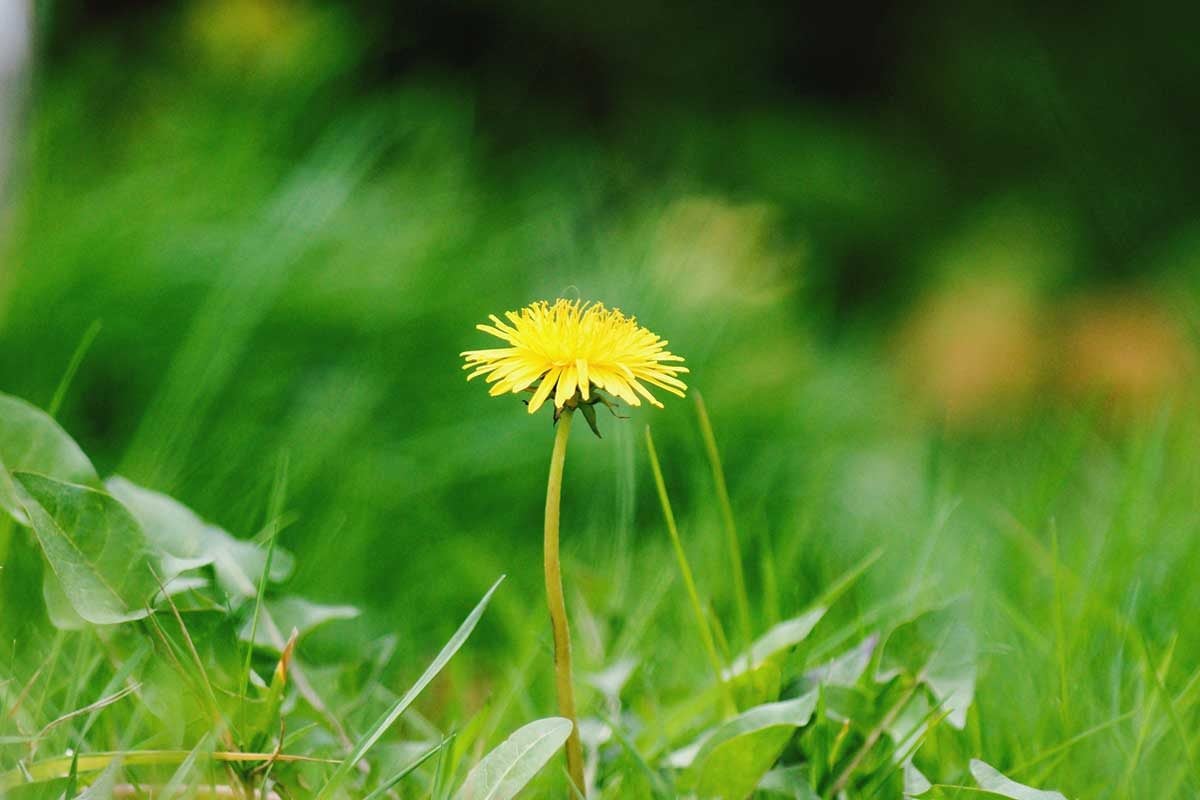
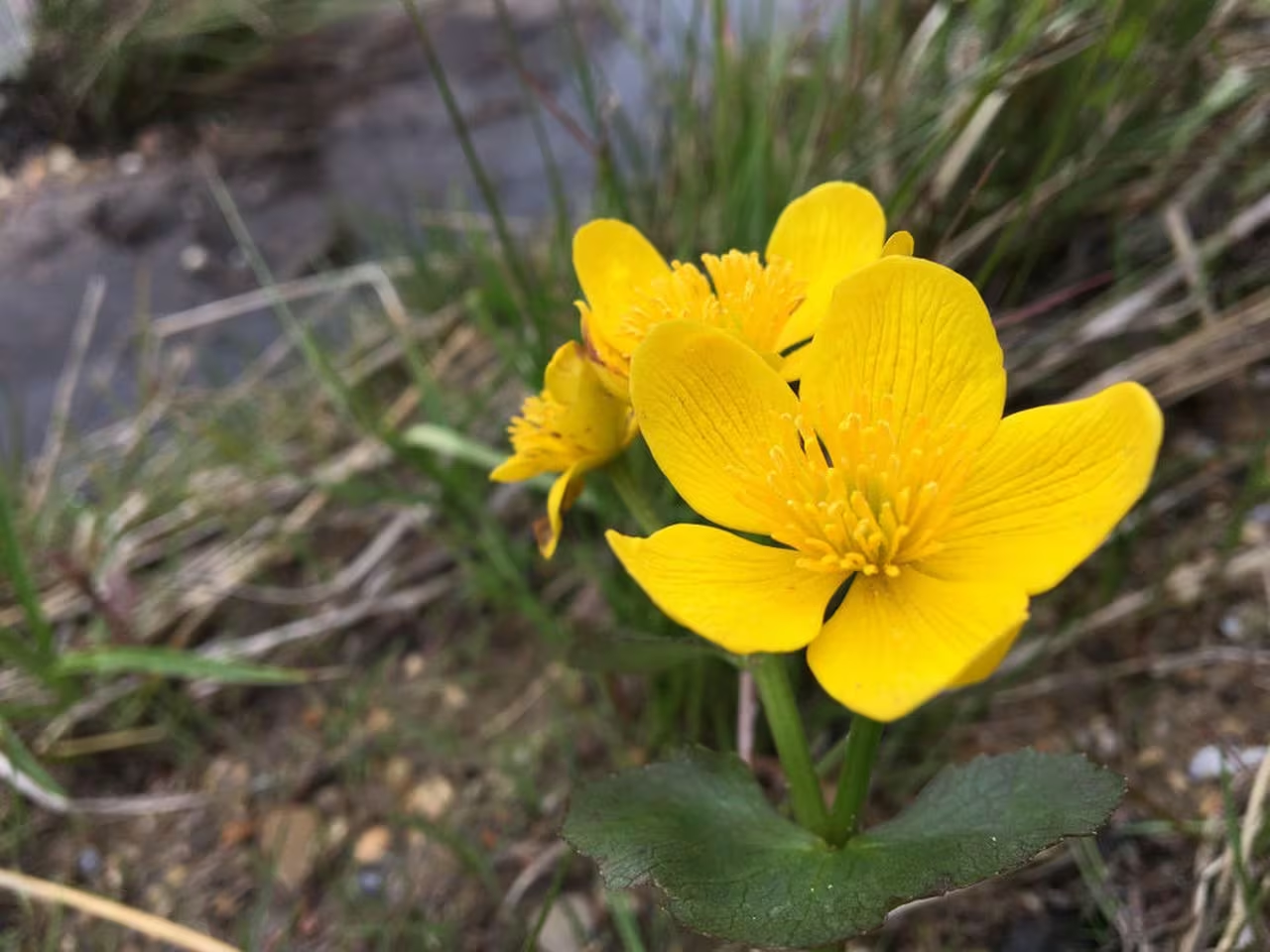
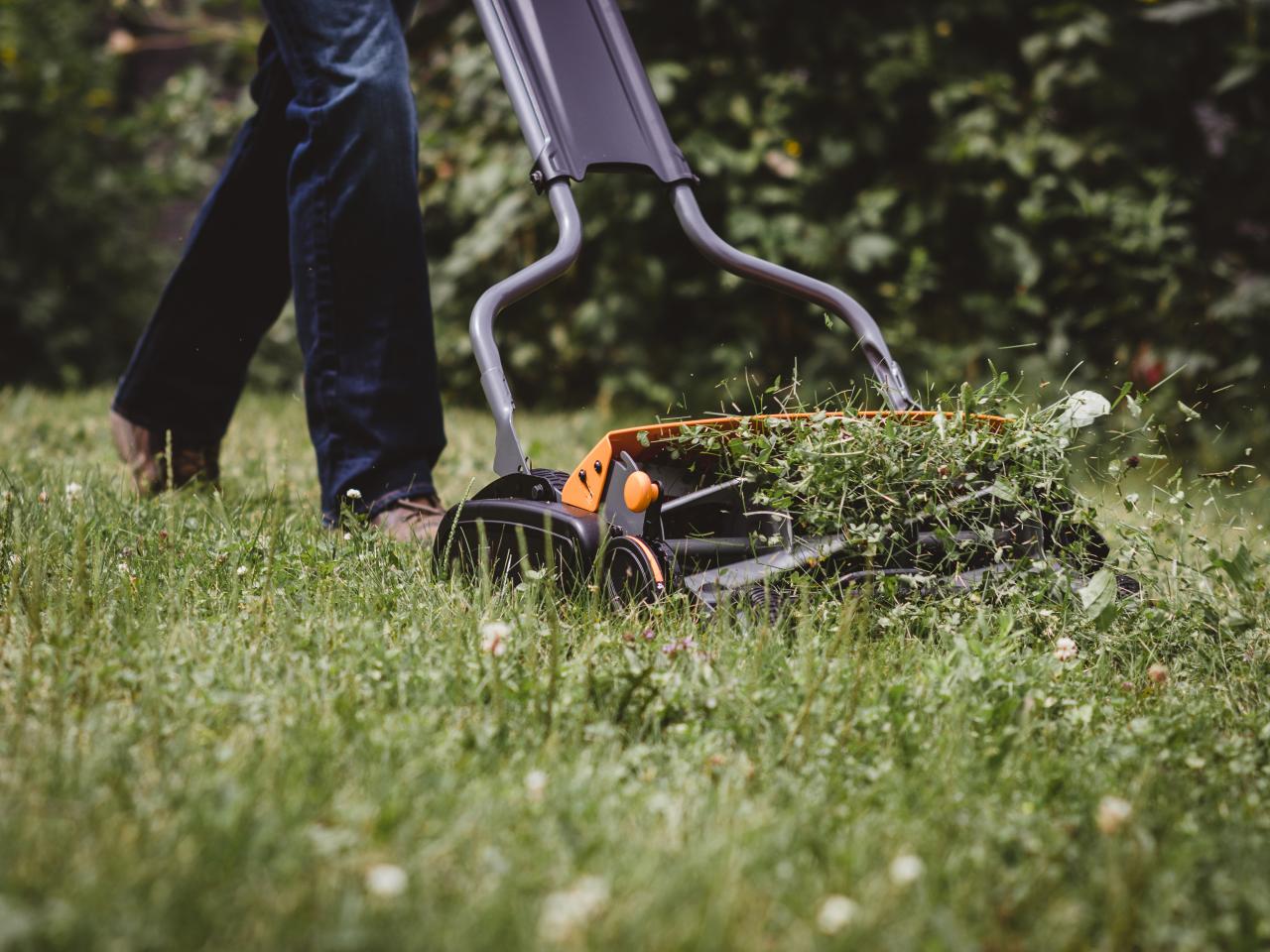
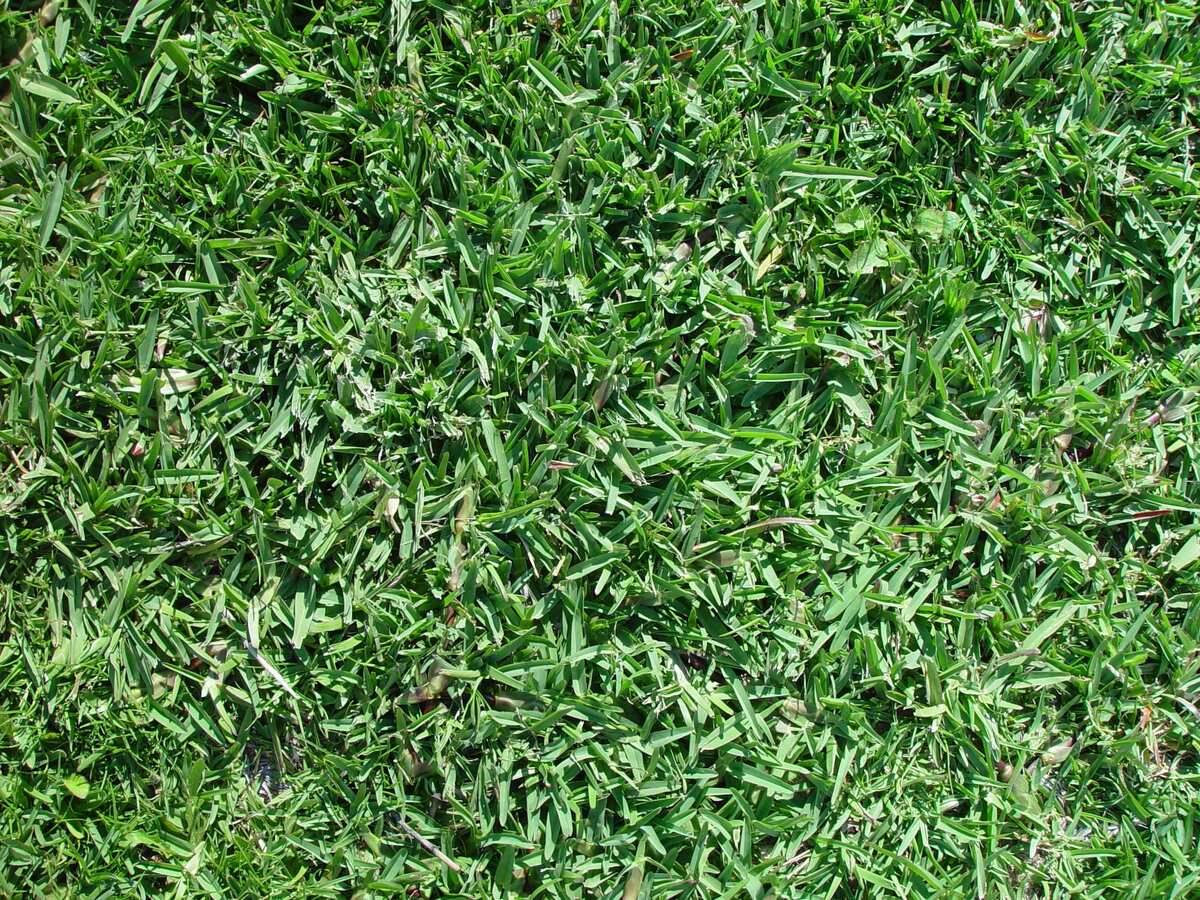
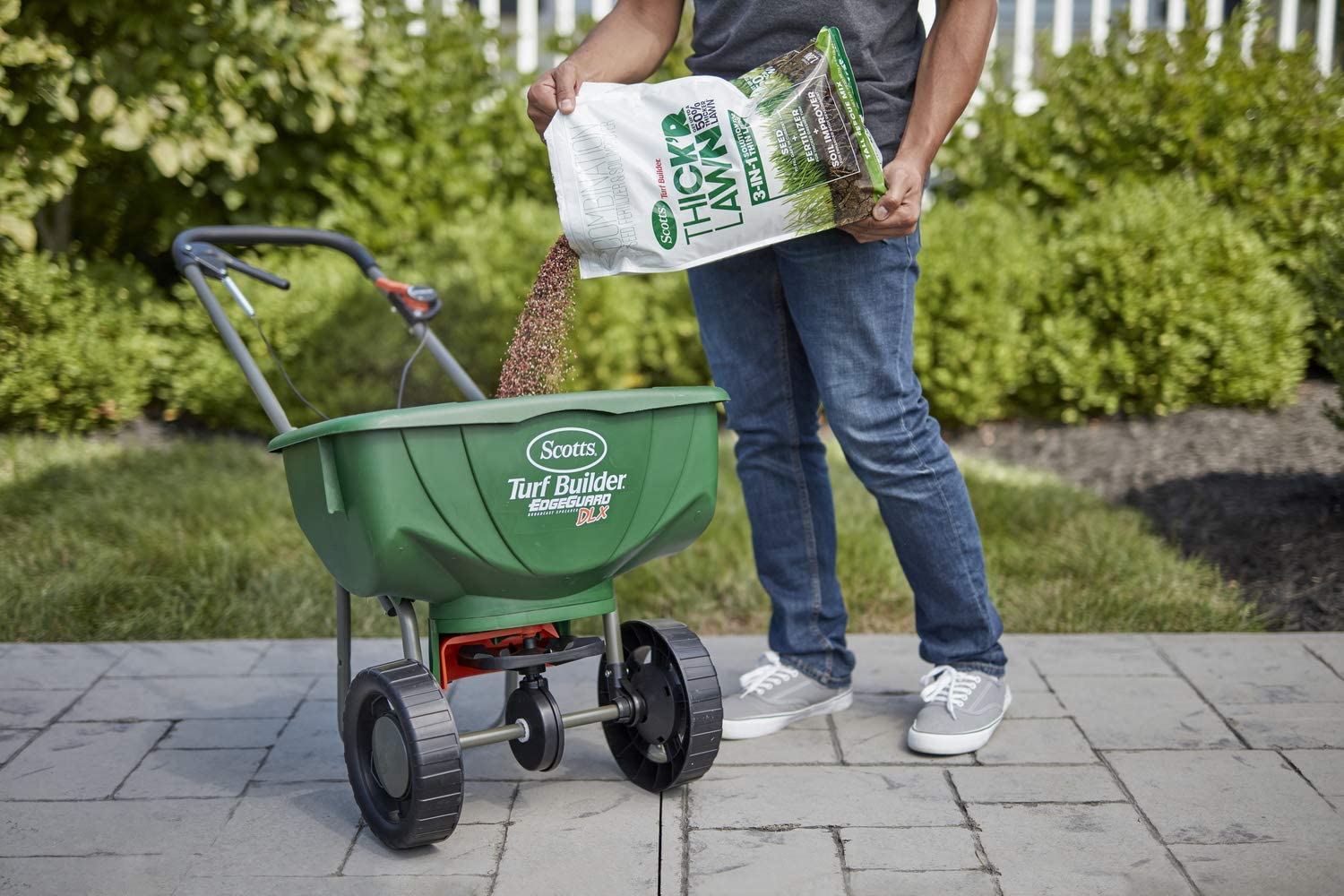









0 thoughts on “When To Plant Grass Seed In Michigan”